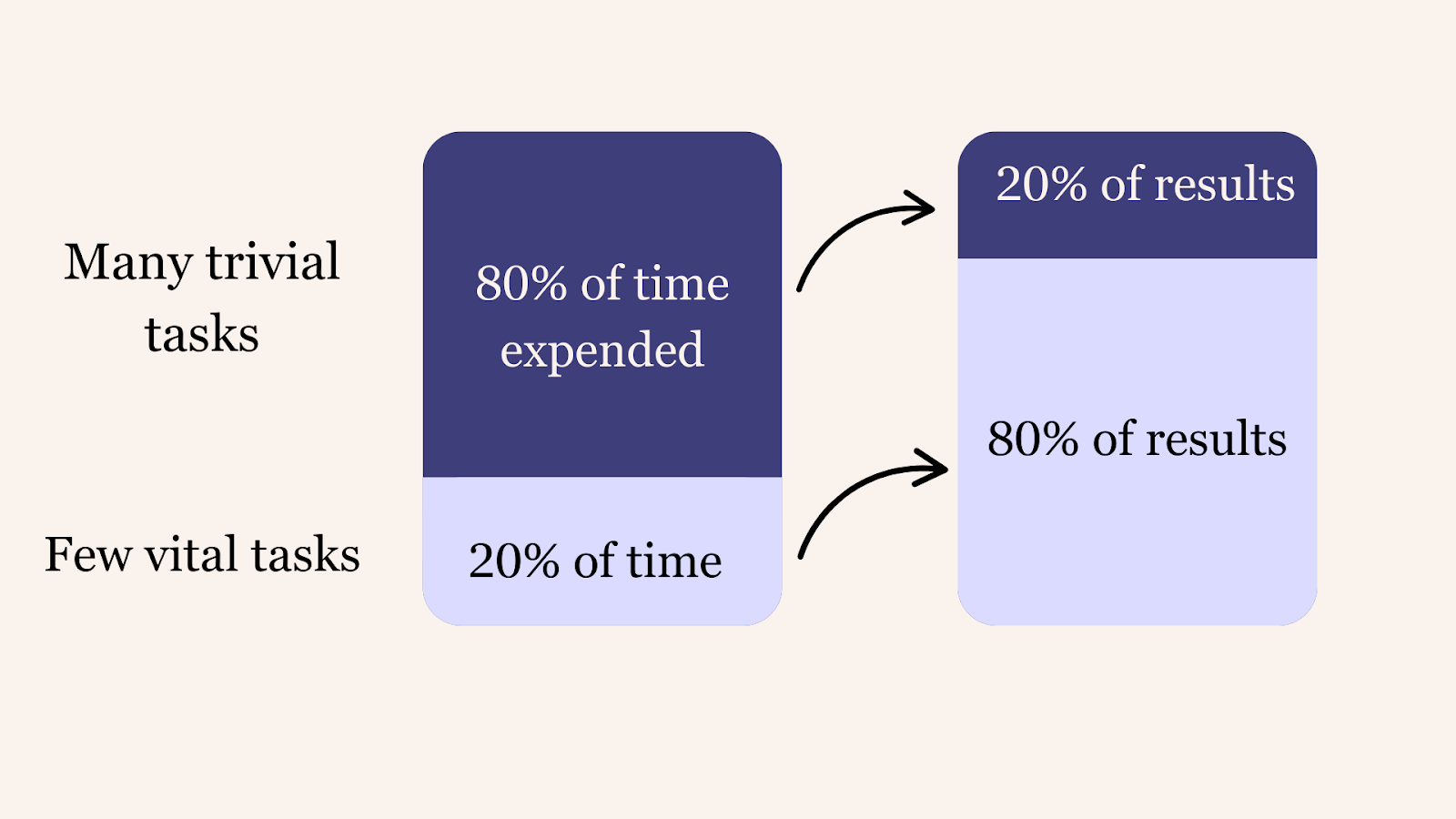On busy days, staying focused can sometimes feel difficult. Between long to-do lists, constant notifications, appointments, socializing and the pressure to get things done well, it’s easy to feel mentally scattered. Feeling unfocused can often bring up feelings of anxiety, worry, fear or sadness. These feelings are very common when we find ourselves managing a high number of tasks on our to-do list or a busy calendar.
The key isn’t to work longer or push harder—it’s to be deliberate about where your energy goes. When you choose what truly matters and give your mind and body the right support, focus becomes more sustainable.
Before you read: We understand that the information and support we provide in this article may not be helpful for everyone. If you’re looking for additional support or resources, please reach out to a professional, or connect with our team at contact@layla.care.
In this first of our two part Focus Formula series, we’ll share three science-backed ways to:
One way of getting through a long list of tasks is by finding ways to be more strategic or thoughtful about the items on your list. This can be done by using the 80/20 rule which tells us that 20% of what you do can create 80% of your results. The key here is to notice which tasks matter most, and protect time for them.

When starting a new technique for managing tasks, it’s important to start small. You can start by taking 10 minutes every morning to write down what you want to get done that day. This is helpful because it allows you to visually see what’s on the top of your list, while also being able to look at your calendar with a more realistic lens to see if you have enough time to accomplish these things. At the end of the day, look back and see what truly moved you forward. Over time, patterns emerge that help you spot your highest-value activities, whether it’s finishing a school assignment, preparing a work presentation, or getting through a DIY project at home.
Here are some ways you can put the 80/20 rule into practice:
When you anchor your day around a few high-value tasks, you’ll often find you accomplish more with less stress, and still have energy left for the people and activities you care about most.
It’s always important to remember that exercise isn’t just about physical health, it’s one of the best ways to refresh your mind, find clarity, and boost endorphins. As little as 20 minutes of movement increases blood flow and oxygen to the brain, improving memory, decision-making, and focus. It’s even been shown to be helpful at reducing the feelings of stress, anxiety and sadness due to the benefits from those endorphins.
To get started, find an activity that most interests you to try out. Having a few different options may be helpful especially during busy times. This may be heading to the gym, gardening, or going for a walk. If you find yourself feeling stuck in the middle of the day, try a quick stretch break or 30 seconds of jumping jacks to help reset your focus.
💡Did you know?
A brisk walk before you start the day can sharpen focus as effectively as a cup of coffee. The difference? Your brain gets the benefits of movement long after the walk is over.
Practical ways to add movement:
The goal for moving your body isn’t perfection, because everyone is different, and our schedules are always changing. It’s about finding movement that works for your life and your body and trying to make it a regular part of your routine. Think of it as a healthy habit for both your body and your mind.
Texts, group chats, notifications, emails and other forms of digital communication are significant focus disruptors. Studies show people spend a lot of their day looking at digital communications. For those who work desk jobs, it’s shown that nearly a quarter of their workday is looking at an inbox. These frequent checks make it harder to return to deep, focused work.
Instead of reacting to messages as they come in, try creating new habits around when and how you check them:
Reshaping your digital communications habits takes practice, but even small shifts can free up time, create more clarity, focus and reduce stress. The result is more space for deep focus, and more energy for the things you want to be present for.
Staying focused doesn’t have to mean pushing yourself harder or packing more hours into the day. It’s about being intentional with your energy, choosing where to place your attention, and giving your mind and body the support they need. By narrowing in on the most important tasks, moving your body to refresh your mind, and reshaping the way you approach digital distractions, you create space for clearer thinking and more meaningful accomplishments.
Here are a few ideas to start building your own focus formula today:
If you require any immediate support, please reach out to a professional, or click here to explore our crisis and community resources. If you’d like to inquire about finding mental health support that’s right for you, a member of our team is happy to assist you. You can email us at contact@layla.care for any inquiries, or complete our intake form to reach out to a member of our care team.